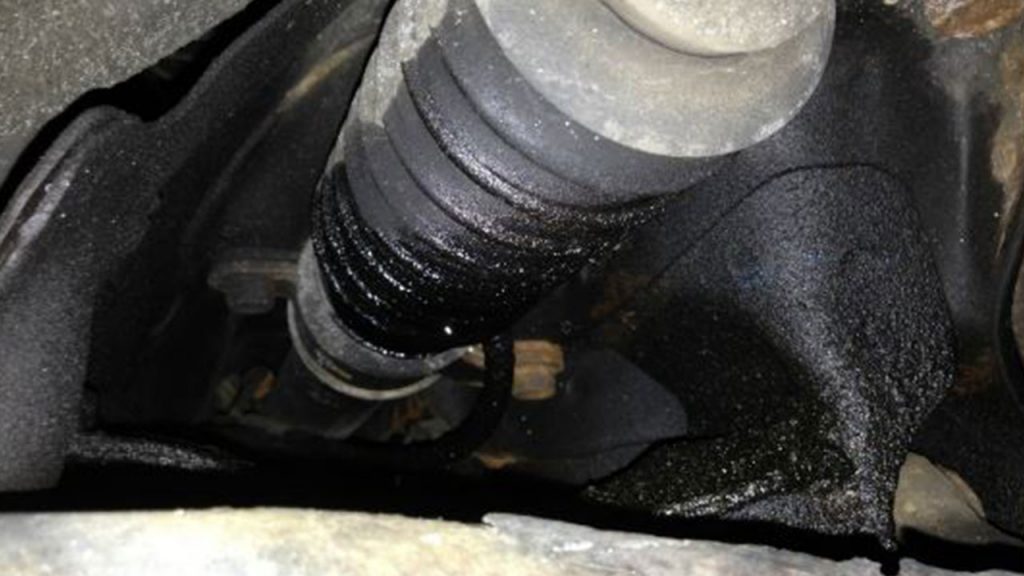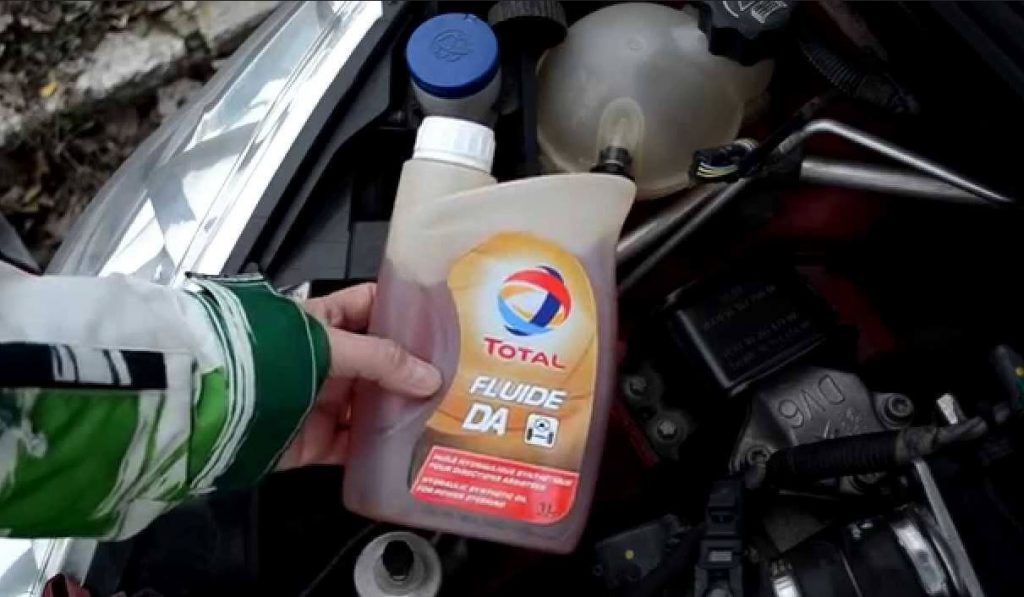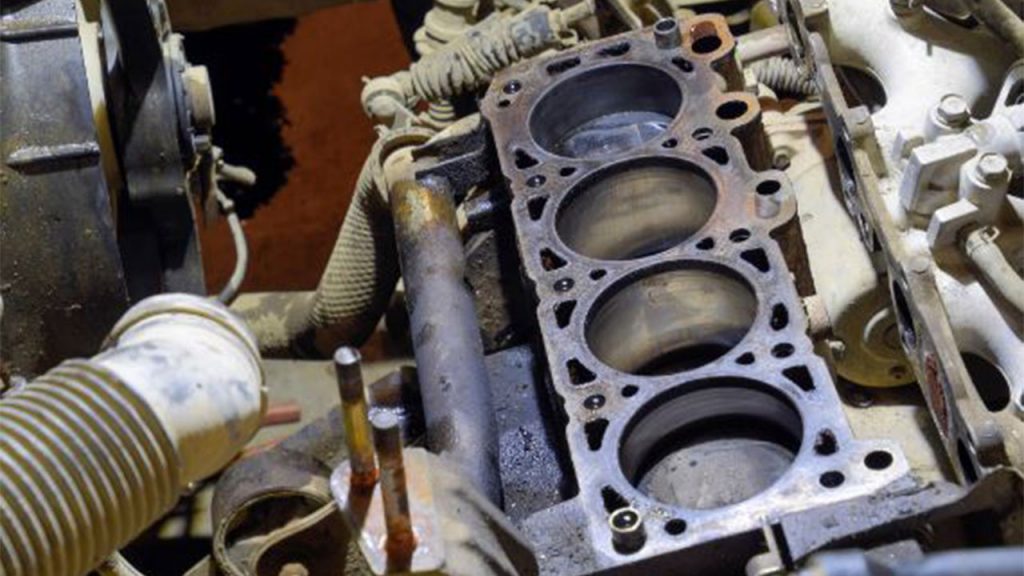While the system in a car is very complex and must be tuned perfectly to operate correctly… There are several steps you can take to improve the efficiency of your transmission, such as converting it to a lock-up style clutch. While it may seem like a minor thing, the positive impact it can have on your vehicle’s performance, fuel consumption, and reduced unnecessary wear and tear on the engine is substantial. In this post, we get into what exactly the torque converter lock-up clutch is, how it works, and what that means for cars, as well as the environment.
What Is A Torque Converter Lock-Up Clutch?
A torque converter lock-up clutch is a part of the automatic transmission system that locks the engine to the transmission at a certain speed. This mechanical lock eliminates the slippage of the torque converter and virtually connects the engine to the transmission. When the clutch engages, it forms a rock-solid, zero-slip power connection between the two for increased transmission efficiency and eliminated power loss. Whereas conventional clutches continuously mate and disengage, a torque converter lock-up clutch only drives when specific criteria are met (for example, speed or loading).
How A Torque Converter Lock-Up Clutch Works
The purpose of a torque converter lock-up is to prevent slippage and “lock” the rotor and pump together at higher speeds. The torque converter of a conventional automatic transmission utilizes a fluidic coupling to transfer energy from the engine to the transmission. This arrangement can slip, particularly at high speed, thereby depositing at once. Compensating for some of the energy loss is the lock-up clutch, which, when it is applied, provides a solid connection between the engine and transmission and no slippage.
At a predetermined speed, often between 40-60 mph, the lock-up clutch is engaged by the vehicle. This can be regulated with a vehicle’s ECU (electronic control unit) or hydraulically (pressure). Locked and the engine works better because the power is more directly into the wheels with less loss. The clutch is engaged until the vehicle decelerates or slows down, when it disengages, reverting to being a fluid coupling.
The Function Of The Torque Converter In Transmission Systems
The torque converter operates as a vital component of the automatic transmission systems to enable the engine to rev on its own with the transmission. This is important for maintaining the ability to execute smooth shifts and to achieve the required torque multiplication at low speed. In the absence of a torque converter, a manual clutch or some other mechanism (such as a slipping clutch) would be needed as a substitute for reversing a vehicle, though the need for a reverse gear generally makes direct drive impractical for most engines except those with high speed-torque performance.
The torque converter effectively fills in for the power gap between the engine and the tranny. It gives you some cushion when driving at low speeds so the vehicle won’t die out.” But there’s a downside, too: Slippage wastes energy. The torque converter lock-up clutch helps solve this problem by engaging the torque converter when lower parasitic losses are required.
The Mechanics Behind Torque Converter Lock-Up
When the vehicle is in motion, the torque converter acts as a fluid coupling that can give partial slippage between the engine and transmission. This slipping results in the energy being lost as heat with decreased efficiency. However, the lock-up clutch, which connects at higher speeds, locks the engine and transmission together to essentially eliminate this slippage.
The lock-up solenoid moves the lock-up valves to control fluid pressure and actuate the lock-up clutch. A clutch provides a wide, solid mechanical connection to prevent power loss through its use. This leads to a higher level of performance, better gas mileage, and an all-around more satisfying driving experience.
Benefits Of A Torque Converter Lock-Up Clutch
With the torque converter lock-up clutch itself, many other benefits are there that are beyond just mileage gains. These benefits include:
- Fuel Economy: With the converter locked and no slippage, the engine operates at a higher efficiency, which greatly reduces fuel consumption for the same work output.
- Enhanced Performance: The lock-up clutch keeps power flowing more directly, for better acceleration and response.
- Low Heat Production: Less heat is produced thanks to the no-slippage operation that lowers the wear and tear of the transmission system.
- Enhanced Driving Experience: The lock-up clutch eases shifts and eliminates the lag or “soft” feel common in automatic transmissions.
How A Torque Converter Lock-Up Clutch Improves Fuel Economy
The improved fuel consumption is the most impressive advantage of a lock-up clutch-type torque converter. The system operates by directing previously wasted energy, which would have slipped away in the torque converter, and could be used again. When the lock-up clutch is activated, the link between the engine and gearbox is mechanical (i.e., no slip), reducing power wastage due to slippage.
You really notice this jump in efficacy when driving on the freeway. Above a certain vehicle speed range, the engine operates at the efficiency point while the lock-up clutch is active. Consequently, the vehicle needs to use less fuel to remain at its speed, potentially meaning great savings in the long run, especially for those who do a lot of long-distance driving.
The Lock-Up Mechanism Improves Efficiency
The lock-up system is an essential part of the torque converter’s performance efficiency. When the torque converter is locked up 1 7 at speeds higher than the speed Z 10, the vehicle is driven in a state where only the engine and the transmission are directly connected, and the energy loss is suppressed and the fuel mileage is improved. It’s a smooth transition between slipping and locking operation and this transition is controlled by the vehicle’s ECU to occur at just the right time to maximize efficiency.
Torque Converter Lock-Up Clutch/Engine RPM
Once the lock-up clutch of the torque converter is locked, the engine RPM experiences a mechanical relationship. In a regular A/T, the engine turns at higher revs at highway speed to cover up the torque converter slippage. In the lock-up clutch, on the other hand, it is possible to lower the engine RPM because its connection between engine and transmission is direct, requiring no high engine output.
Not only does the substantial drop in RPM provide a boost in fuel mileage, but the decrease in engine functions overall leads to a quieter and relaxed ride. Fewer RPMs mean an engine is under less strain, and that may stretch the life of the engine.
The Impact Of Torque Converter Lock-Up On Vehicle Performance
There are several benefits to the lock-up clutch to enhance vehicle operation. First, it improves acceleration by eliminating the power-robbing friction found in most wire-reinforced rubber motor mounts. The result is the smoother, faster acceleration – particularly at cruising speed, where the vehicle would otherwise have inefficient slip.
Second is the lock-up clutch, which aids in neat shifting. This can create one less than smooth engagement of the gears (kinda jerky a bit). The lock-up clutch in many of today’s transmissions stops this from happening for a smoother drive. The lock-up clutch minimizes a “slushy” feel by keeping a solid connection between the engine and transmission.
Torque Converter Lock-Up And Transmission Longevity
The transmission’s vehicle is dramatically extended by reducing the amount of heat produced from the slippage of the torque converter lock-up clutch. Overheating can cause the transmission fluid to burn and the internal components to be damaged, requiring extensive repairs. The lock-up clutch assists in alleviating this problem; however, better power transmission and less heat generation are enabled.
Moreover, the lock-up clutch also minimizes the engine and transmission from being overworked, lessening the chance of early wear and tear on the vehicle’s drivetrain.
Modern Vehicle TC Lock Up
Lock-up clutches for torque converters, e.g., as used in current motor vehicles, are now a normal feature in automatic gearboxes. The dawn of electronic technologies and hydraulic systems for vehicles has enabled engineers to control exactly when the clutch pedal engages and disengages and this allows them to ‘pinpoint accurately’ manage engine power for optimum fuel consumption.
Today’s lock-up clutches lock up smoothly to work flawlessly with other power-enhancing upgrades, including adaptive transmission controls and engine tuning. With this combination, the lock-up clutch is made to actuate at the best time for the best drive quality.
Torque Converter Lock-Up Clutch Problems
Although a torque converter lock-up clutch is a very efficient device, it is not free from defects. Typical issues consist of slipping, failure to engage or disengage, and wear caused by irregular heat. Commonly, these problems can be diagnosed by paying attention to symptoms such as engine hesitation, rough shifting, stalling or sudden engine stalling.
Regular maintenance and prompt repairs can help reduce the likelihood of the issues associated with the torque converter lock-up clutch.
Related Post: Signs of Torque Converter Failure
Maintenance And Care Torque Converter Lock-Up Clutch
The lock-up clutch on the torque converter should be kept happy with fluid changes, watching the health of your vehicle’s ECU and keeping an eye on all your hydraulic systems. It is also worth noting any indication of transmission trouble before things go downhill quickly, like slipping or harsh shifting, as this will save further wear and tear to the lock-up clutch system.
Even the simple maintenance work offers the chance to keep the clutch in its current specification just that little bit longer.
Torque Converter Lock-Up Clutch Vs. Conventional Clutches
The toron converter lock-up clutch has been compared to conventional clutches as employed in manual transmission apparatus. Unlike mechanical clutches that have to be engaged or disengaged at the driver’s command, a lock-up clutch is engaged and disengaged automatically, which can provide a higher efficiency and is adapted to modern driving conditions.
Conventional clutches are effective in such manual transmission mechanisms, but fail to achieve the same fuel saving and performance enhancements for automatic transmissions that a torque converter lock-up clutch attains. Its simplicity and efficiency make the lock-up clutch the ideal choice for modern automobiles.
Conclusion
The TCC (torque converter clutch) lockup helps raise vehicle efficiency while improving performance and extending the life of the transmission. As an aid to decrease fuel consumption, decrease engine rpm. and reduce wear on transmission parts, it has become an essential part of today’s vehicles. Knowing how this clutch operates, the benefits it brings, and the effect it has on the driver’s experience and air pollution, car owners would value how it adds to their car and the road. Regular attention to and maintenance of the lock-up clutch can maintain its fitness for years to come.













